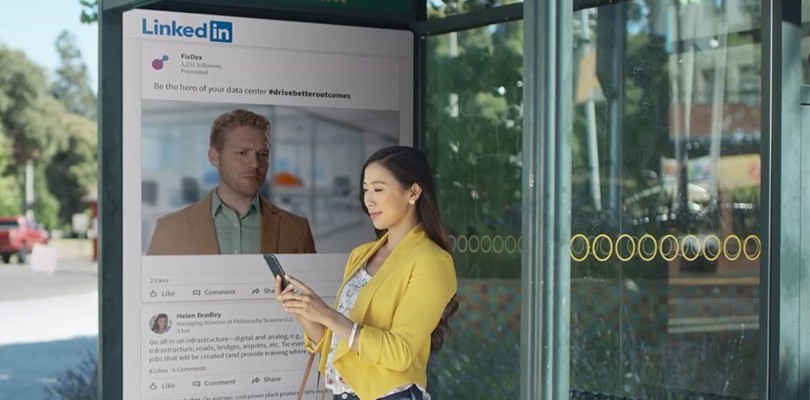Context Is King: Why Intent-based Marketing Is the Future
Pardon the interruption? Your customers and prospects may not be so inclined.
It’s been 20 years since Seth Godin published his seminal book, Permission Marketing, in which he defined (and critiqued) the traditional model of “interruption marketing.” Back in 1999, he couldn’t have possibly anticipated the number of distractions and interruptions people would be dealing with on a daily basis some two decades later.
Today’s internet users simply don’t have the time nor the patience for irrelevant messaging thrust upon them by advertisers. Not only is this approach generally ineffective, but it increasingly tends to have the exact opposite of its intended impact: When someone’s attention is derailed by impertinent ads with no value that connects, it can generate ill will and diminish the source’s reputation.
This is an issue that will only be magnified as we head into 2020 and beyond. To elevate and evolve, we marketers need to get more tightly aligned our audience’s mindsets, motivations, and aspirations. We need to orient our strategies around the customer’s point of view, rather than our own. We need to understand, and build around, intent.
Enter: Intent-based Marketing
At LinkedIn, we view intent-based marketing as the future of digital advertising. The nuance is subtle yet distinct: brand messaging should be founded on audience insight, relevance, and value. It should add to a user’s experience online, rather than distracting from it.
Most modern marketers and advertisers are accounting for intent to some degree, but developing a truly comprehensive and resonant intent-based marketing approach requires us to place three considerations front-and-center.
Context: What is a user’s mindset while consuming content or engaging with others on a particular platform? This is inherently a built-in advantage of LinkedIn as a marketing channel for B2B organizations, because members on the network are driven by professional motivations; they want to learn, connect, and grow. This makes LinkedIn an ideal environment for engaging the right person with the right business-oriented message.
Targeting: To truly understand and leverage intent, you have to be clear on who you’re trying to reach. Intent varies based on a wide variety of factors, which can be narrowed down based on a person’s location, industry, function, seniority, and so forth. LinkedIn helps marketers lock into specific audiences and personas through robust targeting capabilities.
Behavioral Insight: Marketers can analyze the intent and motivations of users by tapping into analytics to gain critical insights: Who is interacting with our content? Which offers and messages gain the most traction? How do user actions vary based on channel, referral source, stage in the customer journey, and so forth? LinkedIn’s in-depth reporting suite and specifically campaign demographics illuminate these essential details.
LinkedIn’s emphasis on intent goes beyond users and customers. We also want to put the intent of brands and marketers at the forefront of growth activities on the platform, which is the purpose behind our redesigned objective-based advertising experience. This configuration places desired outcomes front-and-center for every campaign you build; whether your intent is awareness, consideration, or conversions, you can move forward confidently toward that end.
Welcome to the Era of Intent
Interruptions are out. Intent is in. Whether it’s customer experience, artificial intelligence, machine learning, interactivity, personalization, conversational marketing, or any other from a long list of prominent trends in the marketing realm, nearly all point back to this core imperative.
Only when we understand our audience at a deeper level can we engage them more in more relevant ways and foster powerful relationships that drive business in the new era of digital.
As Godin once said, “Finding new ways, more clever ways to interrupt people doesn’t work.” It was true then and it’s truer now. Instead, marketers must fundamentally shift toward creating complementary, contextually appropriate, and genuinely welcomed brand messaging for users who are increasingly unwilling to pardon the interruptions.
Follow along is we forge ahead into this new era by subscribing to the LinkedIn Marketing Blog.






